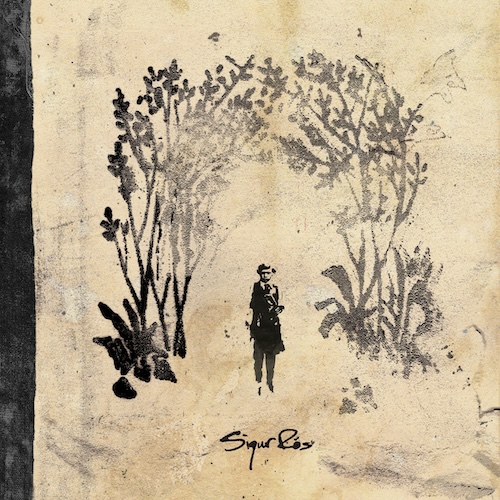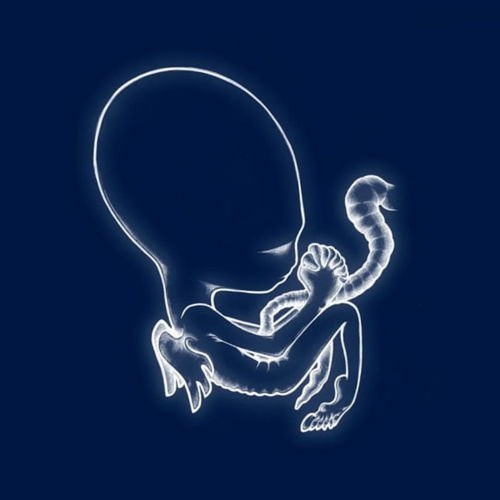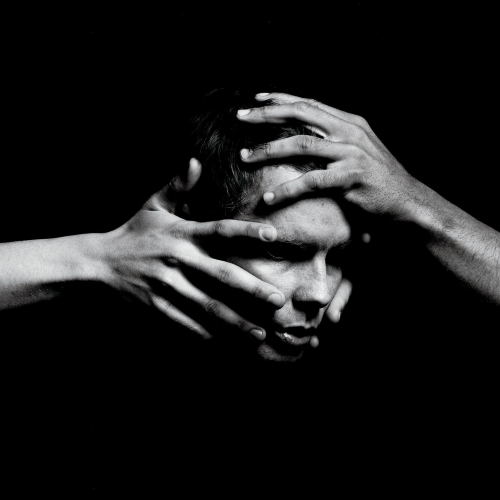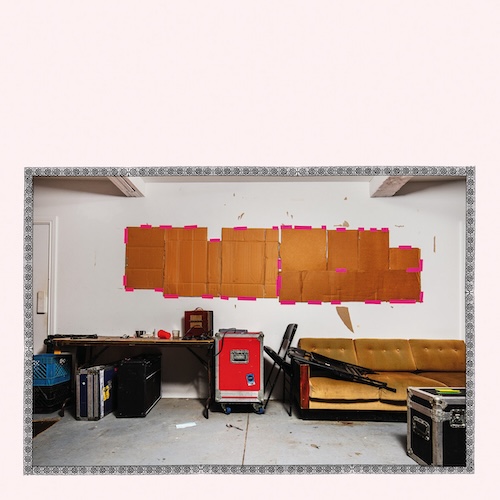

Takk...
Sigur Rós
Sigur Rós is in the midst of a campaign acknowledging the 20th anniversary of their fourth album Takk...; probably not their most celebrated work from a fan's perspective, but a milestone nonetheless. Most fans would probably champion either the captivating and alien Ágætis byrjun, or the mysteriously ambiguous follow-up ( ). However, reaching full maturity is (probably) realizing that Takk... is the band's most dynamic, and emotionally direct piece of work, and therefore, arguably their best. The instrumentation, much like their breakout album, is expansive and lush; utilizing gorgeous string arrangements, playful tuned percussion, and nostalgic music boxes in addition to the band's typical repertoire of sounds. Although on Takk..., the band leverages their experience in sound design, arrangement, and production to craft songs that are incredibly vivid. As I'm listening, I build these very specific scenes that would match the strong emotions I'm confronted with. Sigur Rós' music has frequently been described as cinematic, but there's something about this record that heightens this quality, resulting in a more multi-dimensional experience.
Tracks like Hoppípolla, Sé lest, and Mílanó represent the album's brighter side, although each song has its own distinct character. Hoppípolla is profoundly joyful thanks to its illuminating piano melodies and gentle, marching pace. It is the band's most successful and recognizable single thanks to numerous media syncs, most notably in the BBC's Planet Earth. I've even heard imitations of the ascending piano melody used to score commercials for private academies, which just goes to show how much the band nailed the sound of wonder and enlightenment. Sé lest initially establishes a curious soundscape, spotlighting a celesta before filling out the stereo image with tons of lush orchestration. The song takes a turn around the halfway point, springing into a peppy waltz that is eventually accompanied by an understated, yet fairly majestic big band. The album's centrepiece, Mílanó, has grown to be one of my all-time favourite Sigur Rós songs over the years. It features another stunning piano composition from Kjartan Sveinsson, but it's the build towards Jónsi's belts and the crashing drums that make this track so emotionally potent for me. It possesses this emancipatory energy that is incredibly powerful and moving.
On the other side of the coin, there are tracks like Sæglópur, Gong, and Andvari that are much darker in tone. Sæglópur has a ton of dramatic weight shared between the echoing piano chords, Georg Hólm's rich bass, and Jónsi's signature bowed guitar. I also love the unorthodox drum beat played by Orri Páll Dýrason. The snares are turned off creating this rounder, more tribal sound, and the rhythm feels like it's lagging behind; further adding to the track's sense of unease. The intensity with which they all play together reminds you that Sigur Rós, at times, is a relatively faithful rock band. Gong is the album's most hauntingly gloomy track on the record with its mournful strings, ghostly whisps, and Jónsi's chilling falsetto. Dýrason experiments once again on this track by (presumably) placing cymbals on top of his drums to create a metallic and trashy sound. This track goes right into Andvari, a somber and introspective cool down moment that perfectly cleanses the palette after the harrowing track that came before. This is one of those tracks you can get lost in. It's slow, minimally produced, and the musical phrase (or riff if you will) is so complexly compounded that on its face, has no discernible rhythm. It provides an aimlessly floating sensation that is both peaceful and uncomfortably isolating.
In my opinion, Takk... is the band's finest presentation of their post-rock, chamber pop sound. It contains some of Sigur Rós' most optimistic material, but the band's typical melancholic vibes are also accounted for. Regardless of which end of the spectrum the emotion originates, it's communicated with stunning clarity and impeccable detail. This record is also significant because it can be considered to be the last of its kind as Sigur Rós would go on to explore more playful, pop songwriting, dreamy ambiance, and brooding industrial rock (repectively) on subsequent records. If you happen to pass up this record in favour of their older material, I would encourage you to give this one another shot in celebration of its 20th anniversary. Your perspective may change.
9.5
Standouts: Glósóli, Sæglópur, Mílanó, Gong, Andvari, Heysátan
Post-Rock, Chamber Pop (2005) Geffen/EMI. Reviewed September 14th, 2025







